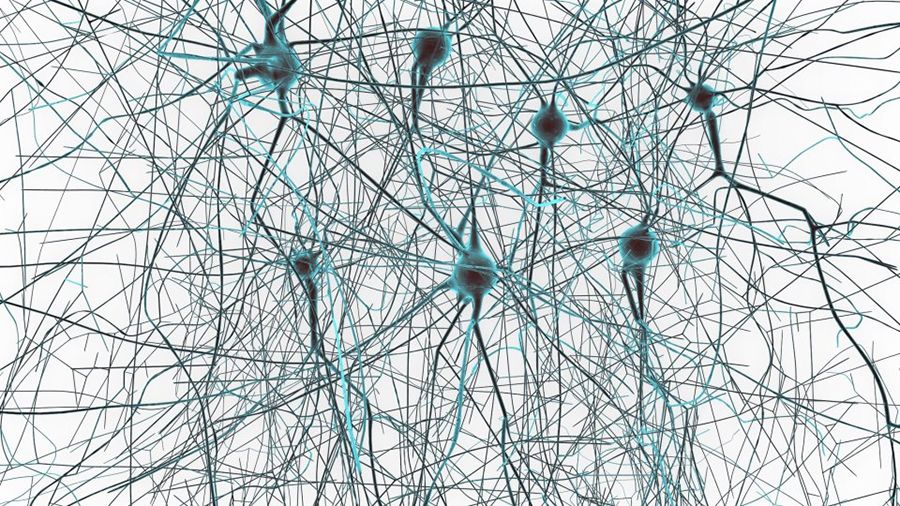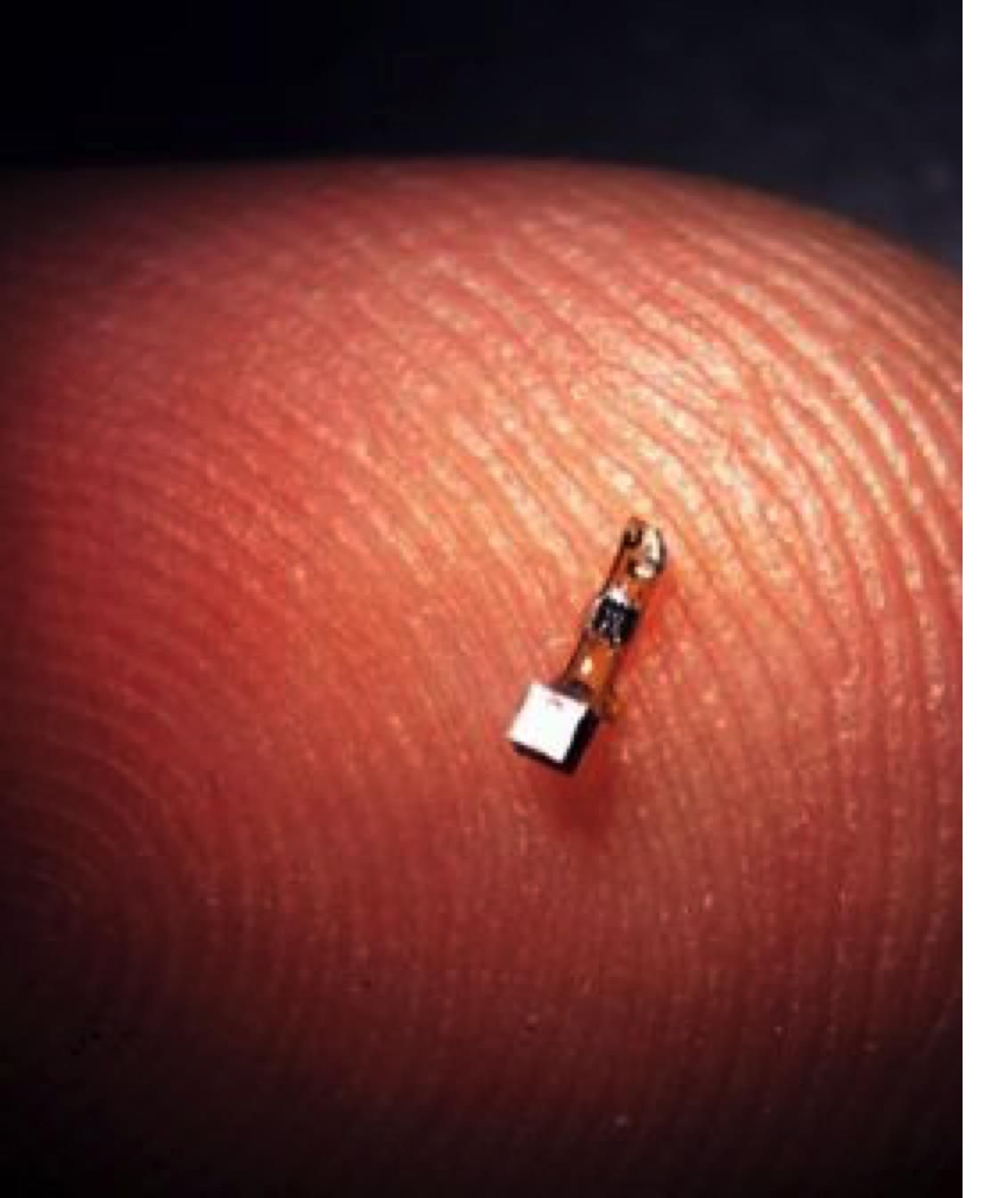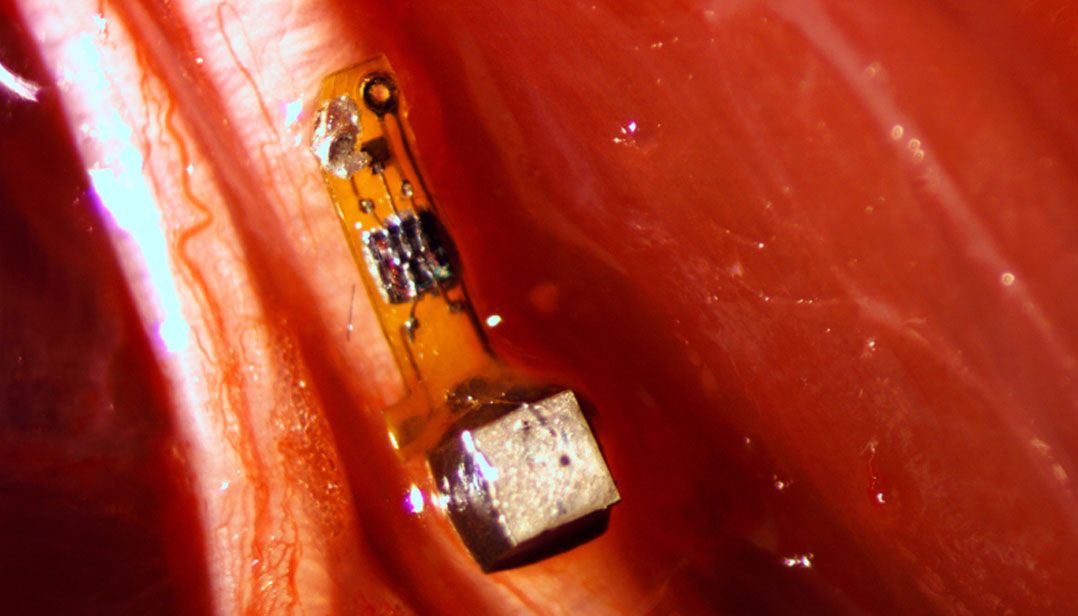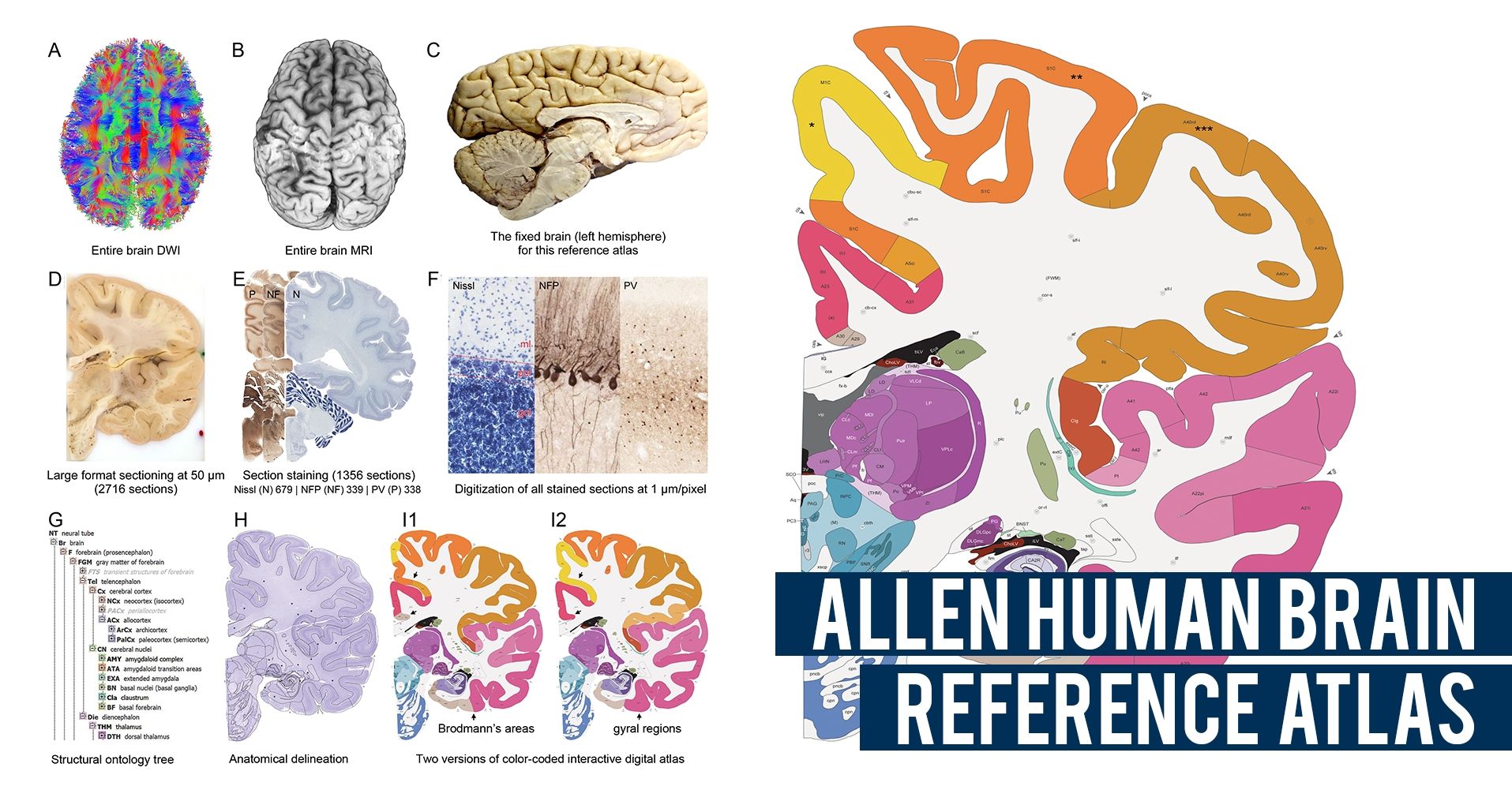Archive for the ‘neuroscience’ category: Page 317
Sep 24, 2016
Microsoft Will Treat Cancer Like Computer Virus, Vows To ‘Solve’ Cance Within 10 Years?
Posted by Karen Hurst in categories: biotech/medical, computing, genetics, neuroscience
Microsoft has announced to solve’ cancer within the next decade by ‘reprogramming’ diseased cells like computer virus.
Researchers were able to prevent the death of neurons that causes ALS by introducing a genetic mutation to prevent the SOD1 protein from clumping.
The growing resistance of Gonorrhea, alarmed the researchers.
Sep 24, 2016
IBM is one step closer to mimicking the human brain
Posted by Alexandros El in categories: biological, neuroscience
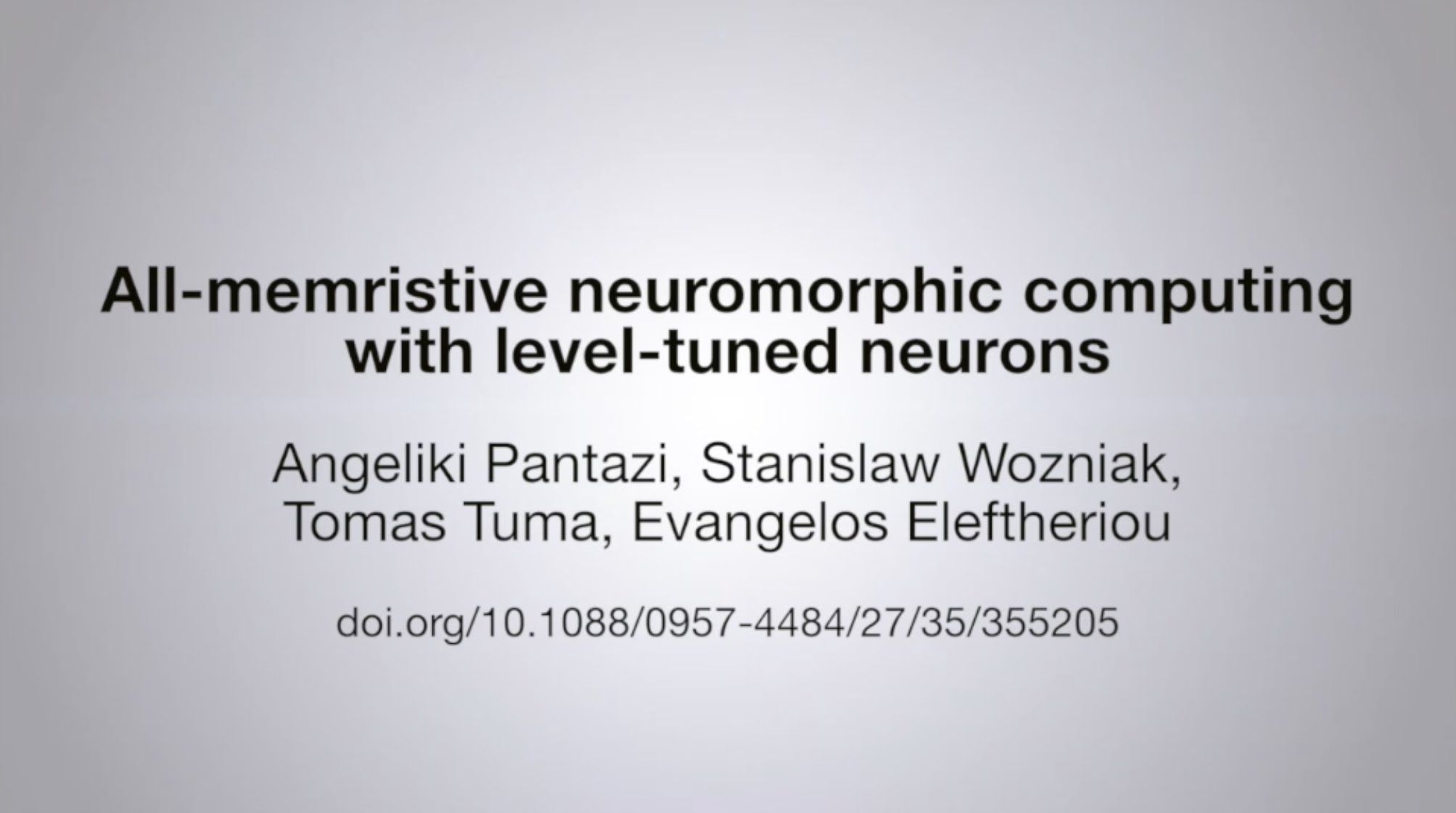
Scientists at IBM have claimed a computational breakthrough after imitating large populations of neurons for the first time.
Neurons are electrically excitable cells that process and transmit information in our brains through electrical and chemical signals. These signals are passed over synapses, specialised connections with other cells.
Continue reading “IBM is one step closer to mimicking the human brain” »
Sep 21, 2016
The Sooner You Expose A Baby To A Second Language, The Smarter They’ll Be
Posted by Shailesh Prasad in category: neuroscience
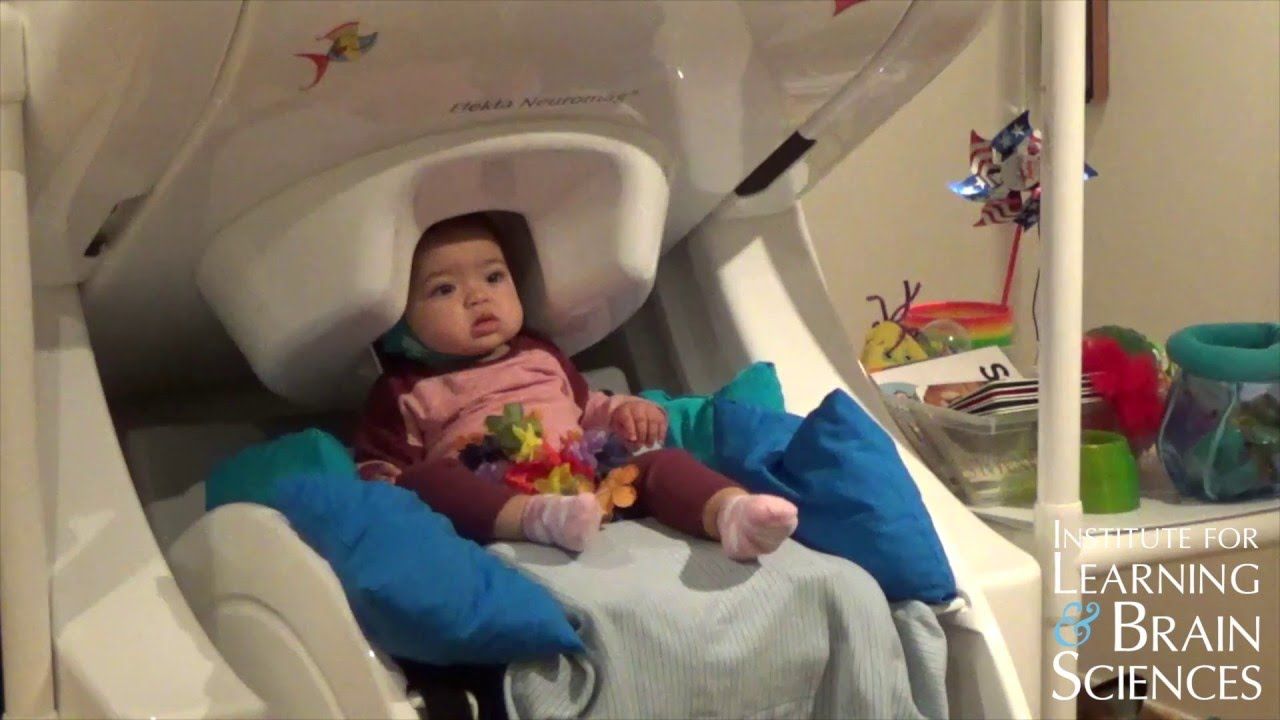
Just hearing two languages helps babies develop cognitive skills before they even speak. Here’s how — and how you can help them develop those skills.
Sep 21, 2016
Wireless at the Fringe – Of Human Intranets, Brain-Machine Interfaces and Enhanced Humans
Posted by Roman Mednitzer in categories: health, neuroscience
Alan gatherer, editor in chief, comsoc technology news
After their article a couple of months ago, I asked the good folks at BWRC to expand on the work they are doing in implantable electronics, as well as its potential health implications. BWRC’s approach focuses not only on functionality but on battery-free, extreme miniaturization and wireless access for very specific quantification of the host health. They also point us toward a future where such devices might link up and literally talk about you behind (as well as under and inside) your back. Hope you enjoy, and comments as always are welcome.
Jan M. Rabaey and Rikky Muller, BWRC.
Sep 20, 2016
In vivo work with neural dust using a wireless and scalable ultrasonic backscatter system for powering and communicating the implanted bioelectronics
Posted by Klaus Baldauf in categories: bioengineering, biotech/medical, computing, neuroscience
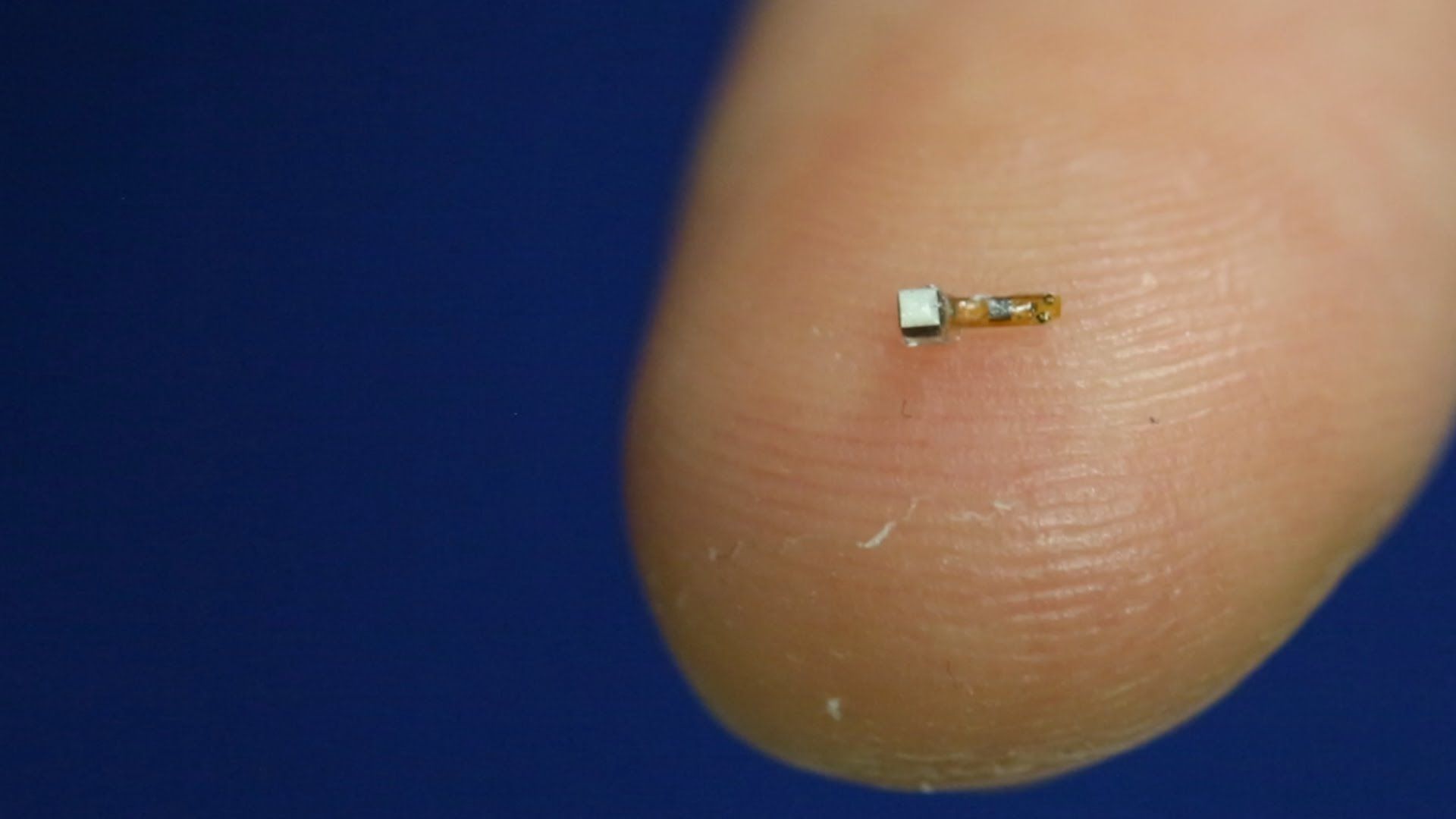
Berkeley engineers have built the first dust-sized, wireless sensors that can be implanted in the body, bringing closer the day when a Fitbit-like device could monitor internal nerves, muscles or organs in real time.
Neural dust researchers have already shrunk them to a 1 millimeter cube – about the size of a large grain of sand – contain a piezoelectric crystal that converts ultrasound vibrations from outside the body into electricity to power a tiny, on-board transistor that is in contact with a nerve or muscle fiber. A voltage spike in the fiber alters the circuit and the vibration of the crystal, which changes the echo detected by the ultrasound receiver, typically the same device that generates the vibrations. The slight change, called backscatter, allows them to determine the voltage.
Sep 20, 2016
Alarms Raised Over DARPA-Funded ‘Neural Dust’
Posted by Karen Hurst in categories: biotech/medical, computing, internet, neuroscience
Alarms are being raised over the recent advancements in a new DARPA-funded technology known as “electroceuticals,” with the possibility that dark forces could be unleashed in a world where millions have hundreds of tiny neural dust sensors gathering and transmitting the most personal of information into external computer networks. The fears being that non-state actors, hostile nations, and could hack into the most secure and sensitive databases, gaining access to in-body telemetry from a head of state or sending nefarious commands directly into their brain unleashing havoc.
Engineers at UC Berkeley have cracked the millimetre barrier producing the first dust-sized wireless sensor small enough to implant into the body and be parked next to a muscle, nerve or organ. These motes are sprinkled thoughout the body, bringing closer the day when a Fitbit-like device could monitor internal nerves, muscles or organs in real time. The neural dust sensor is born from a DARPA funded weapons program. (DARPA is also the organization responsible for creating the Internet).
We already have zero ability to keep foreign actors, hostile groups, not to mention cybercriminals, from hacking into the most secure and sensitive databases. If they gained access to in-body telemetry from a head of state or sent nefarious commands directly into their brain, what havoc they could wreak.
Continue reading “Alarms Raised Over DARPA-Funded ‘Neural Dust’” »
Sep 20, 2016
Dawn of the super human: U. S. is daunted by Russia’s “enhanced human operation”
Posted by Karen Hurst in categories: biotech/medical, computing, cyborgs, military, neuroscience, transhumanism
Pentagon accused Russia that the country is working on “enhanced human operation” to create an army of superhuman soldiers. Russia’s Sputnik issues the news.
U.S. Army chiefs are claiming that Moscow is working to create bionic superhuman soldiers with brain implants. And the soldiers will be fuelled by steroids. Usage of steroid will increase the tolerance capability and make the soldiers more resilient. While the brain implant or chip will assist a soldier to fight for a longer time even in extreme warfare. It will also force the soldiers to fight and obey the command at any cost. The sole purpose is to strengthen the soldiers to make them stronger and tougher in battles.
Yet, the U.S. opponent is working to use microscopic technology so that soldiers can cure themselves without any assistance of physicians.
Sep 20, 2016
Allen Institute publishes highest resolution map of the entire human brain to date
Posted by Carse Peel in category: neuroscience
The Allen Institute for Brain Science has published the highest resolution atlas of the human brain to date in a stand-alone issue of the Journal of Comparative Neurology. This digital human brain atlas allows researchers to investigate the structural basis of human brain function.
“To understand the human brain, we need to have a detailed description of its underlying structure,” says Ed Lein, Ph.D., Investigator at the Allen Institute for Brain Science. “Human brain atlases have long lagged behind atlases of the brain of worms, flies or mice, both in terms of spatial resolution and in terms of completeness due to technical limitations related to the enormous size and complexity of the human brain. This large-scale focused effort aimed to create a large resource combining different data types at high resolution, and use these data to generate a comprehensive mapping of brain regions.”
Combining neuroimaging with cellular resolution histological analysis and expert structural mapping, “This is the most structurally complete atlas to date and we hope it will serve as a new reference standard for the human brain across different disciplines,” says Lein.
Sep 19, 2016
DARPA and the JASON Scientists – The Pentagon’s Maladaptive Brain | Nathaniel Mauka – Waking Times
Posted by Karen Hurst in categories: business, military, neuroscience
Nathaniel Mauka, Staff Writer Waking Times
An uncensored look into DARPA, the US government’s secretive agency, reveals exactly how the brain of the military industrial complex operates. Utilizing the super-scientific intellects of men, the agency may have stumbled upon the ultimate code to utterly control the human race, making all other DoD achievements pale in comparison.
DARPA’s arms reach far and wide – touching universities, small businesses, the public, of course, and also the established media. Despite its collaborative success, the brain running the show is acutely flawed, for its aim is not to protect and serve, but to control.
